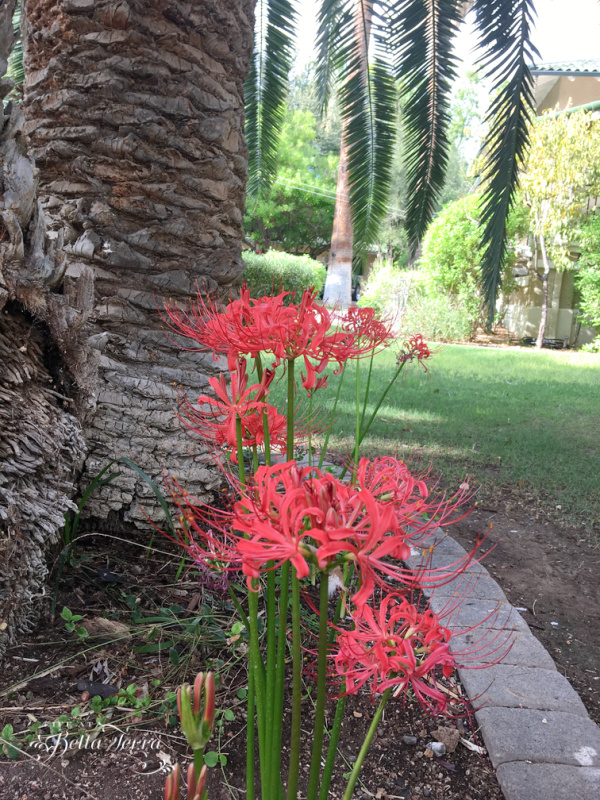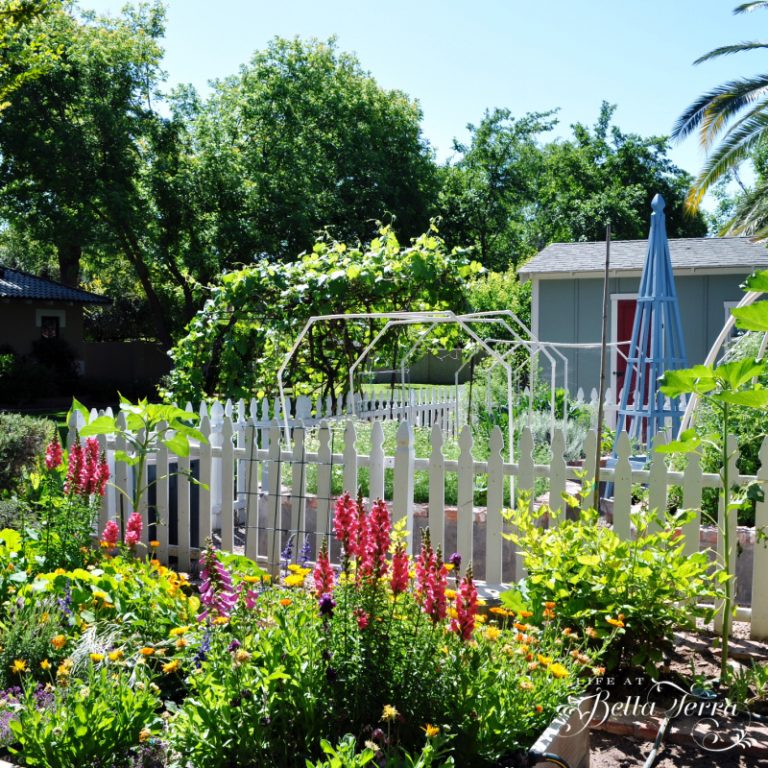Saturday Meanderings
It is the Saturday before Christmas and only one more Saturday after this in 2024. My heart is full as my two out-of-town children are home for the week and all three rascals will be here for Christmas. As I watch tragedies unfold around the world, I certainly appreciate the gifts God has given me….





